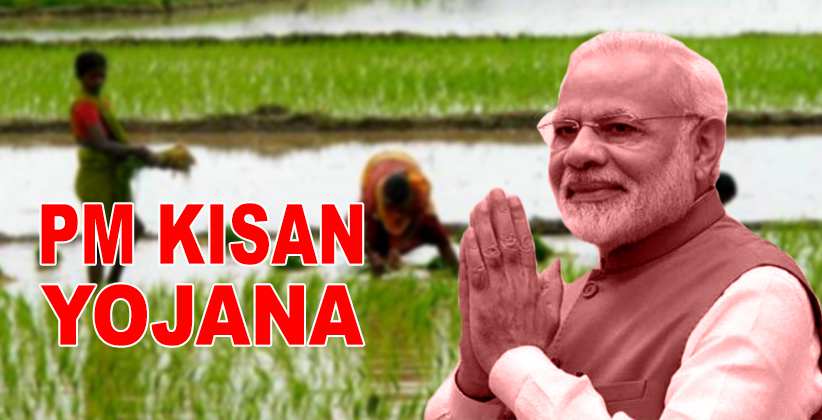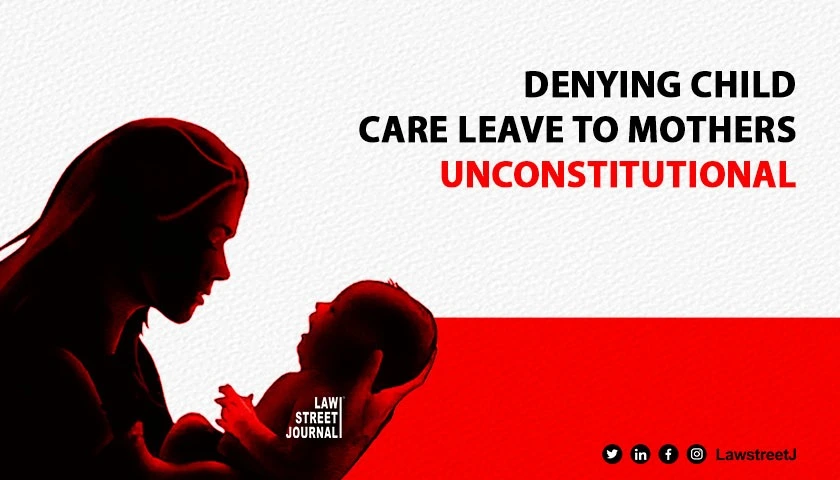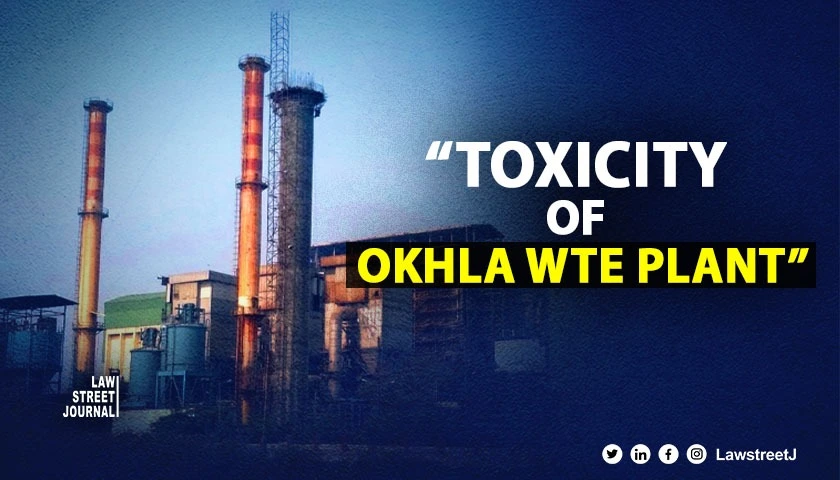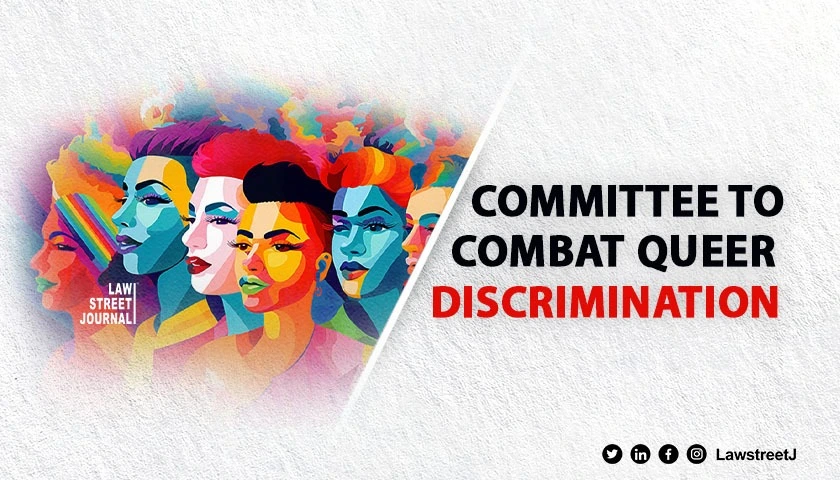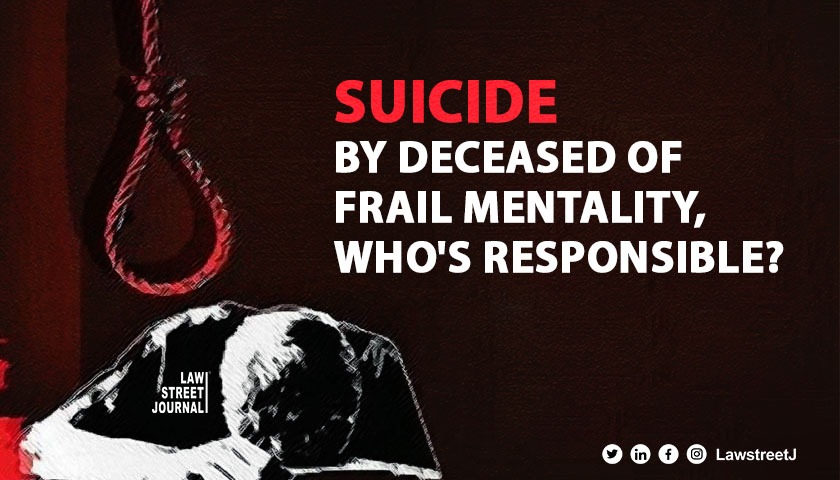Introduction:
PM KISAN (Pradhana Mantri Kisansamman Nidhi) Yojana was introduced in the interim budget of 2019 by the then finance minister Piyush Goyal to augment the income of the small and marginal farmers (hereinafter SMFs). This scheme is inspired by the “Rythu Bandhu” scheme of Telangana State. Under this scheme, landholding farmer families, having cultivable land up to 2 hectares, will be provided direct basic income support of Rs. 6,000 per year. In three equal instalments of Rs. 2,000 every four months, beneficiary farmers will be given this income directly in their bank accounts. The estimated expenditure on this scheme is Rs. 75,000 crore and it will be solely borne by the Central government. It came into effect from December 01, 2018. This scheme was directed to help in reducing hunger and rural poverty. It is an income support scheme. That means the government is trying to provide a certain income to the farmers. This can be considered as a supplementary income for farmers who are in distress.
Salient features of the scheme:
- Approximately 12 crore SMF families are expected to get the benefit of this scheme.
- Thought the whole expense of the scheme is borne by the central government, identification of beneficiary farmer families has to be done by State/Union Territory governments.
- For enrolment under this scheme, farmers are required to approach the local patwari/ revenue officer/ nodal officer (PM-KISAN) nominated by the state governments. CSCs (Common Service Centres) are also authorized to such registration of farmers upon payment of certain fees. In addition to that, farmers can do their registration on their own in the farmer's corner in the web portal.
- The web portal will stay updated; hence, it will be convenient for farmers to know the status of their payment.
- All institutional land holders and farmer families whose one or more family members belong to certain categories (like holders of constitutional post in past or present, former or present ministers, MPs, MLAs, MLCs, Mayors, and chairpersons of District Panchayats, serving or retired officers or employees of central or state governments and PSUs, pensioners whose monthly pension is Rs. 10,000 or more, those who paid income tax in the last assessment year and professionals like doctors, engineers, lawyers, CAs, and architects registered with professional bodies and carrying out their practice) are excluded from this scheme.
- Project Monitoring Unit (PMUs) will be set up at the central level in the Department of Agriculture, Cooperation, and Farmer Welfare to review and monitor the scheme effectively.
- For 1st instalment, there was no AADHAR card requirement, but 2nd instalment onwards, AADHAR card was made mandatory. State governments were given 0.25% of the funds transferred to the beneficiaries in the first instalment to pay for the administrative expenses in order to implement the scheme. From this, it’s clear that the implementation of the scheme is the responsibility of the state government. Second instalment onwards state governments are given 0.125%.
Why was it introduced?
Rural India is predominantly agrarian in nature. Farmers face multiple problems like the absence of better price discovery in agriculture, fluctuation in production, lack of technology, lack of irrigation facility, insurance, lack of mechanization, and role of intermediaries among the other. This has impacted the livelihood of farmers, which means they are not getting decent remuneration. Hence the agriculture sector, which is predominantly in a rural area of the country, is vulnerable to price fault and therefore falls in their income.
This scheme aims at supplementing the financial needs of the SMFs in procuring various inputs to ensure proper crop yield. It will protect farmers from falling in the clutches of moneylenders for meeting their expenses. It is also aimed at ensuring their continuance in farming activities.
Critical analysis of Scheme
Many schemes have been implemented by the center as well as state governments, as agriculture is a state subject. Telangana government has introduced Rythu Bandhu (hereinafter RB) scheme, Andhra Pradesh Government has introduced Annadatha Sukhibhava (hereinafter AS), Odisha government has introduced Krushak Assistance for Livelihood and Income Augmentation (hereinafter KALIA) scheme, Madhya Pradesh government has introduced Bhavantar Bhugtan Yojana (BBY) etc.
While PM-KISAN will give Rs. 6,000 per year to the family holding less than 2 hectares of land, the RB scheme is providing Rs. 10,000 per year with acre as a basic. There is no ceiling of land, as well as there are no exclusion criteria in the RB scheme. Hence whole cultivable land of Telangana state is covered under this scheme. Under AS scheme Rs. 9,000 is given extra in addition to PM-KISAN, and those who are not covered under PM-KISAN are given direct transfer of Rs. 15,000. There is a certain category of people excluded from the PM-KISAN, which is mentioned above, but RB, AS, or KALIA scheme has not made any exclusion of farmers.
PM-KISAN covers small marginal farmers, which means those who own less than 2 hectors of land; hence, approximately 85 % of the farmer population is included in this category. It doesn’t have any provision for landless agricultural labourers and tenant farmers. Hence its based-on land ownership. The same is the case for RB of Telangana, but Odisha’s KALIA scheme and AP’s AS has included landless labourers and tenant cultivators under the scheme.
Responsibility of implementation of the scheme is given to state governments; many states have not maintained a database of farmers, and hence within a short span of time, it was difficult to collect databases, and this led to inordinate delay in farmers getting the benefit. In certain states, ownership of land is community-based, which means there is no single owner of the land, but the community owns the land; this is mostly seen in north-eastern states. Hence the government will face challenges in identifying beneficiaries as beneficiary will be the whole community and not an individual.
Conclusion:
This scheme envisages direct cash transfer, which will help households overcome credit constraints and manage risk in addition to increasing productive investment, increasing access to the market, and stimulating the local economy. This cash can also be used by farmers in repayment of their loans.
At the same time, PM-KISAN is not a solution to all the problems, as the agrarian crisis is not just about low incomes in agriculture. Certain problems like faulty ad hoc export-import policies, lack of infrastructure and cartelization and collusion in agricultural markets are also real-time problems which require the government to undertake structural reforms
Agriculture is a state subject under the 7th schedule of the Constitution. That means jurisdiction is with the state government to come up with schemes and laws related to agriculture; hence, the responsibility of the central government should be to create or provide an enabling environment to the state governments. This can include creating a responsive and responsible bureaucracy, ease of doing business, marketing fast structure creation, trade facilitation etc. This requires the Union government to restrict itself by creating an enabling environment rather than making laws and schemes for subjects that are included in the state list. It should also facilitate the provision of insurance facilities to every farmer in order to overcome the risk associated with farming. State government should be included in PPP in order to avail services to farmers at fair prices; this can be mechanization, availability of technology to the farm sector.
PM-KISAN has the potential to deliver, however rather than the current top-down approach; the government should undertake a bottom-up approach, which will allow weaknesses to be identified and ratified at the local level itself.
Author: Parth Thummar
